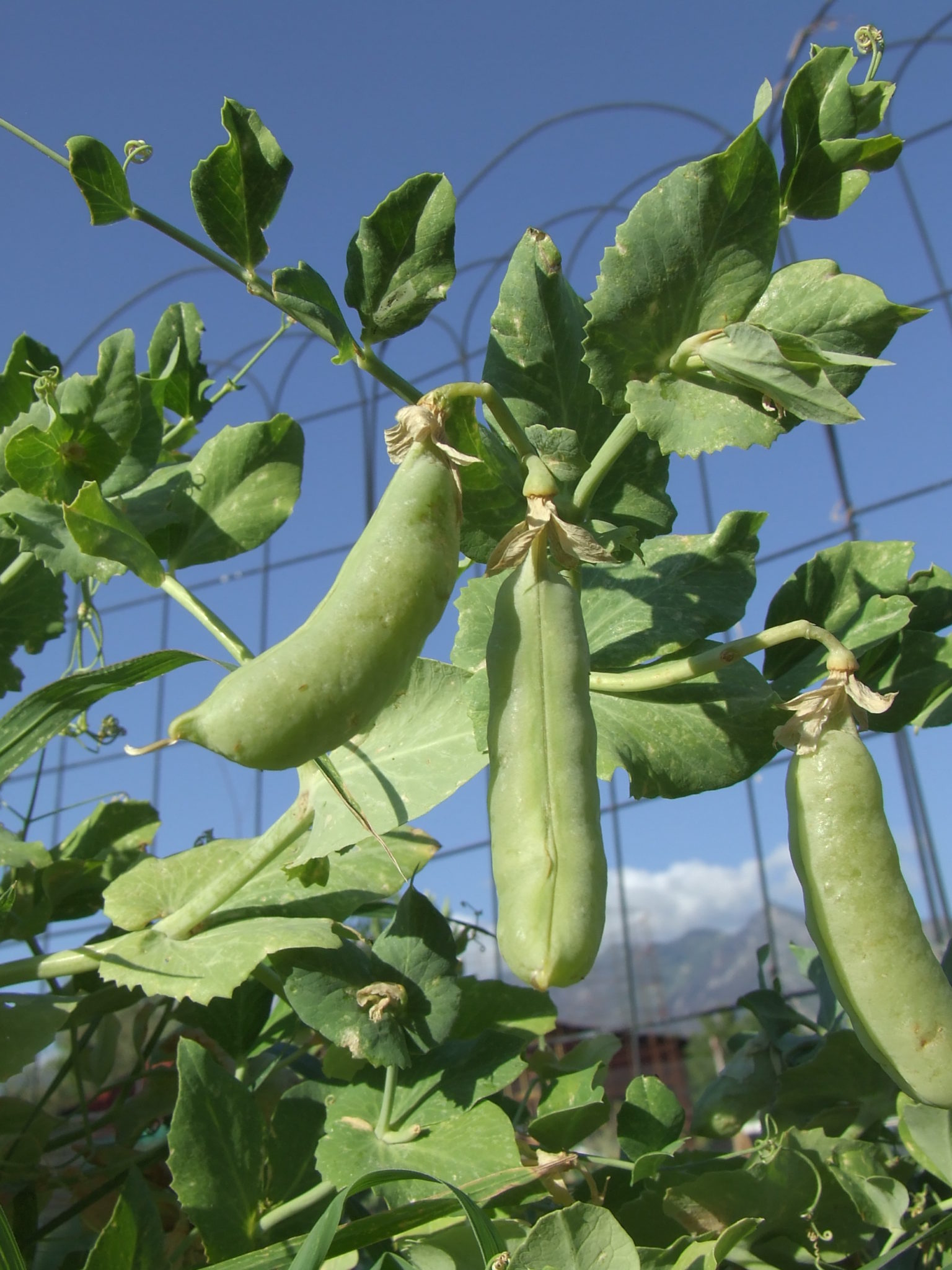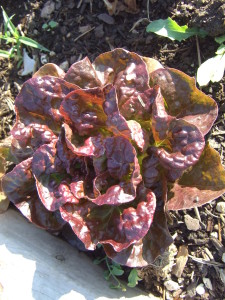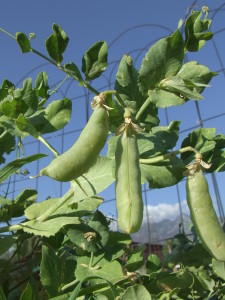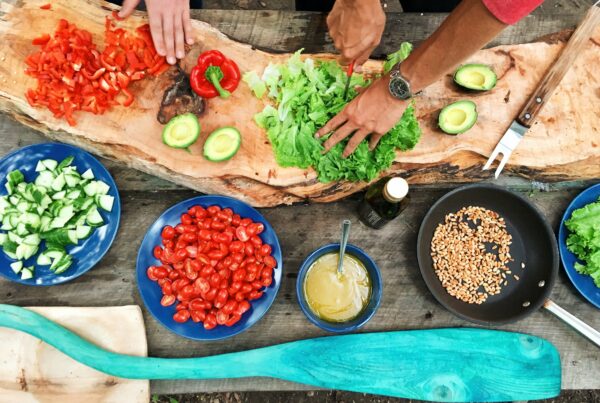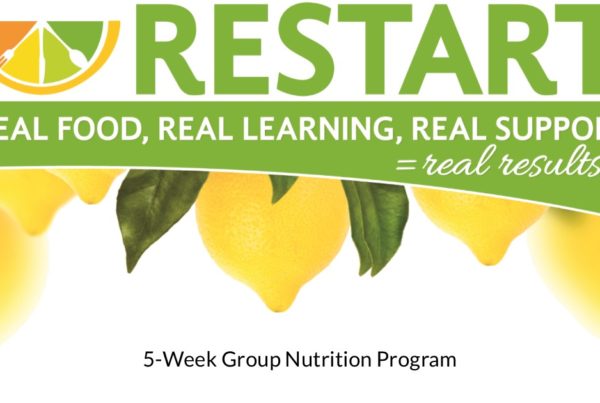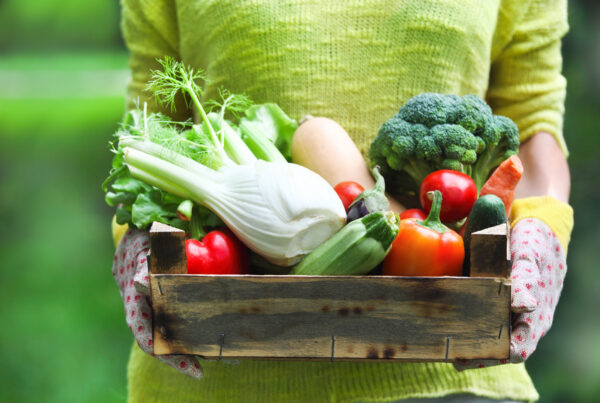This is a guest post by Caleb Warnock, author of The Art of Baking with Natural Yeast: Breads, Pancakes, Waffles, Cinnamon Rolls and Muffins and the national bestseller The Forgotten Skills of Self-Sufficiency Used by the Mormon Pioneers
. Caleb teaches “Forgotten Skills” classes including winter gardening, pioneer jams and jellies, growing early and long-keeper vegetables, raising chickens, and much more. To reach him, visit CalebWarnock.blogspot.com or calebwarnock@yahoo.com.
© 2012 Caleb Warnock. The contents of this blog post are not the public domain and may not be used without the express written permission of the author. Excerpted and paraphrased from The Forgotten Skills of Self-Sufficiency Used by the Mormon Pioneers.
This year, start saving yourself some money by saving garden seed! Below are the five easiest seeds to get started saving. Caution: if you use hybrid seed, your seed-saving will be in vain. For a full explanation of open-pollinated seed, and where to buy it, and the pitfalls of hybrid seeds, see my Forgotten Skills book.
1. Lettuce has both the male and female reproductive organs within the same flower, and they pollinate each other before the flower opens, so the seed remains nearly perfectly pure. This makes saving lettuce seed easy for home gardeners. Plant your lettuce, and then save a few plants — don’t eat it all. Let a few plants bolt, which means go to flower. In full flower, the plants will be about four feet tall. When lettuce seed is ripe, it forms white fluffy cotton on the top, like a dandelion. Save and plant the next year.
2. Peas, like lettuce, reproduce before the flower opens, so there is no outside pollen contamination. Let the peas dry on the vine, and they are ready to plant the next year.
3. Beans, too, reproduce before the flower opens, so the home gardener has little work to do. Let them dry on the vine, then harvest. To prevent bean borer beetle from destroying the seed, freeze for three days after the seeds are dry.
4. Potatoes do produce true seed, but we don’t use potato seed anymore. Any potato you can grow in your backyard, you can save for planting the next year. (There are full instructions on root cellaring without a root cellar in my Forgotten Skills book.) Cut the eyes from the potatoes and plant in the garden. You can use an egg-sized piece of potato, or smaller. To reduce disease and get better yields, I recommend using the straw method — growing potatoes in straw, not dirt. Never heard of it? You’ll find full details and photos in my Forgotten Skills book.
5. Tomatoes are easy to save seed from — squeeze seed from the ripe tomato onto a paper towel, let dry, and save for the next year. If you are a beginning seed-saver, don’t try to save tomato seed from any plant that has leaves resembling a potato plant — these kinds kinds of tomatoes pollinate after the flower opens, means they will be crossed and the next generation of tomatoes will not resemble the parents.
Remember to always label your seed varieties so you keep them straight for future growing. You can buy open-pollinated seed from seedsavers.org or rareseeds.com. Look around for other garden seed savers in your area you can trade with — and save even more money. Happy seed saving!

